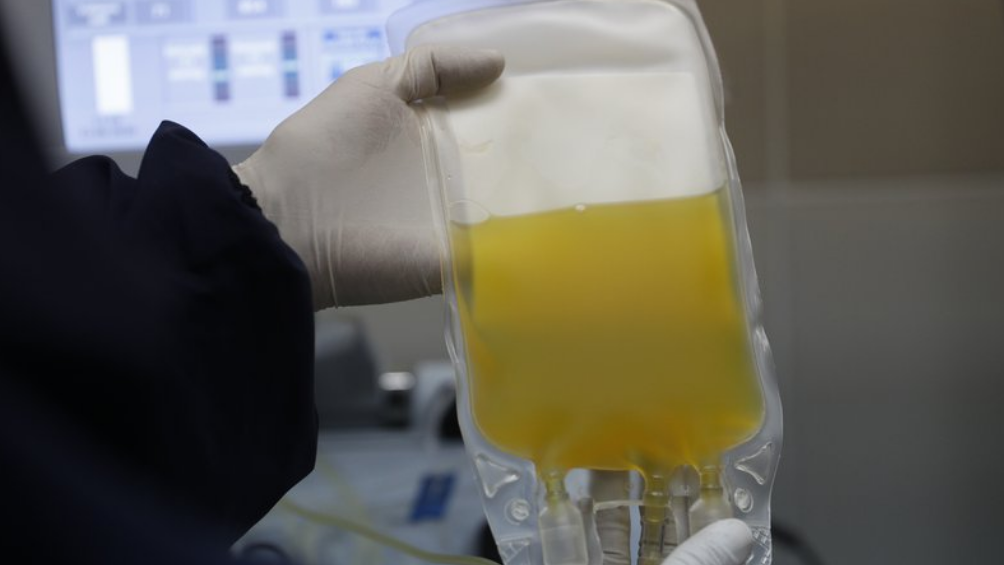
Extracting DNA from plasma is a challenging task due to the low concentration of DNA in plasma and the presence of various contaminants. However, with advancements in technology and techniques, researchers have developed methods to isolate and extract DNA from plasma samples. In this article, we will explore the difficulties associated with extracting DNA from plasma and the strategies employed to overcome these challenges.
Plasma, the liquid component of blood, contains a myriad of substances including proteins, lipids, electrolytes, and nucleic acids. Among these components, DNA exists in relatively low concentrations compared to other bodily fluids such as saliva or tissue samples. Additionally, plasma contains various enzymes and inhibitors that can degrade or inhibit DNA extraction and purification processes. These factors make extracting DNA from plasma a daunting task.
One of the key challenges in extracting DNA from plasma is the low concentration of DNA present. Unlike other sources such as tissue samples, where DNA is more concentrated, plasma contains only trace amounts of cell-free DNA released from apoptotic or necrotic cells. This low abundance of DNA makes it difficult to isolate and amplify for downstream applications such as PCR or sequencing.
Furthermore, plasma samples are prone to contamination from extraneous DNA sources. During sample collection, handling, and processing, contamination from environmental DNA or DNA from other sources can occur, leading to inaccurate results. Contaminants such as nucleases, which degrade DNA, can also be present in plasma, further complicating the extraction process.
To address these challenges, researchers have developed specialized protocols and techniques for extracting DNA from plasma. One common approach involves the use of commercial DNA extraction kits specifically designed for plasma samples. These kits utilize various methods such as silica-based purification, magnetic bead technology, or column-based chromatography to isolate DNA from plasma while minimizing contamination and degradation.
Silica-based purification methods rely on the binding of DNA to silica particles in the presence of chaotropic salts, followed by washing and elution steps to recover purified DNA. Magnetic bead technology utilizes magnetic beads functionalized with nucleic acid-binding ligands to capture DNA from plasma, allowing for efficient purification and isolation. Column-based chromatography involves passing the plasma sample through a column containing a solid phase matrix that selectively binds DNA, followed by washing and elution steps to recover purified DNA.
In addition to commercial kits, researchers have also developed in-house methods for extracting DNA from plasma. These methods may involve additional steps such as pre-treatment with proteinase K to degrade proteins and release DNA, followed by phenol-chloroform extraction and ethanol precipitation to purify DNA. While more labor-intensive, these in-house methods can be customized and optimized for specific research needs.
Regardless of the method used, it is essential to carefully optimize each step of the DNA extraction process to maximize yield and purity. Factors such as sample volume, incubation times, and choice of reagents can significantly impact the efficiency of DNA extraction from plasma. Additionally, strict quality control measures should be implemented to monitor for contamination and ensure the reliability of results.
In conclusion, while extracting DNA from plasma presents numerous challenges, advances in technology and techniques have made it feasible. By utilizing specialized protocols, commercial kits, and optimized methodologies, researchers can isolate and extract DNA from plasma samples for a wide range of applications including diagnostic testing, disease monitoring, and research studies. Despite the difficulties inherent in working with plasma samples, the ability to extract DNA opens up new opportunities for understanding human health and disease.